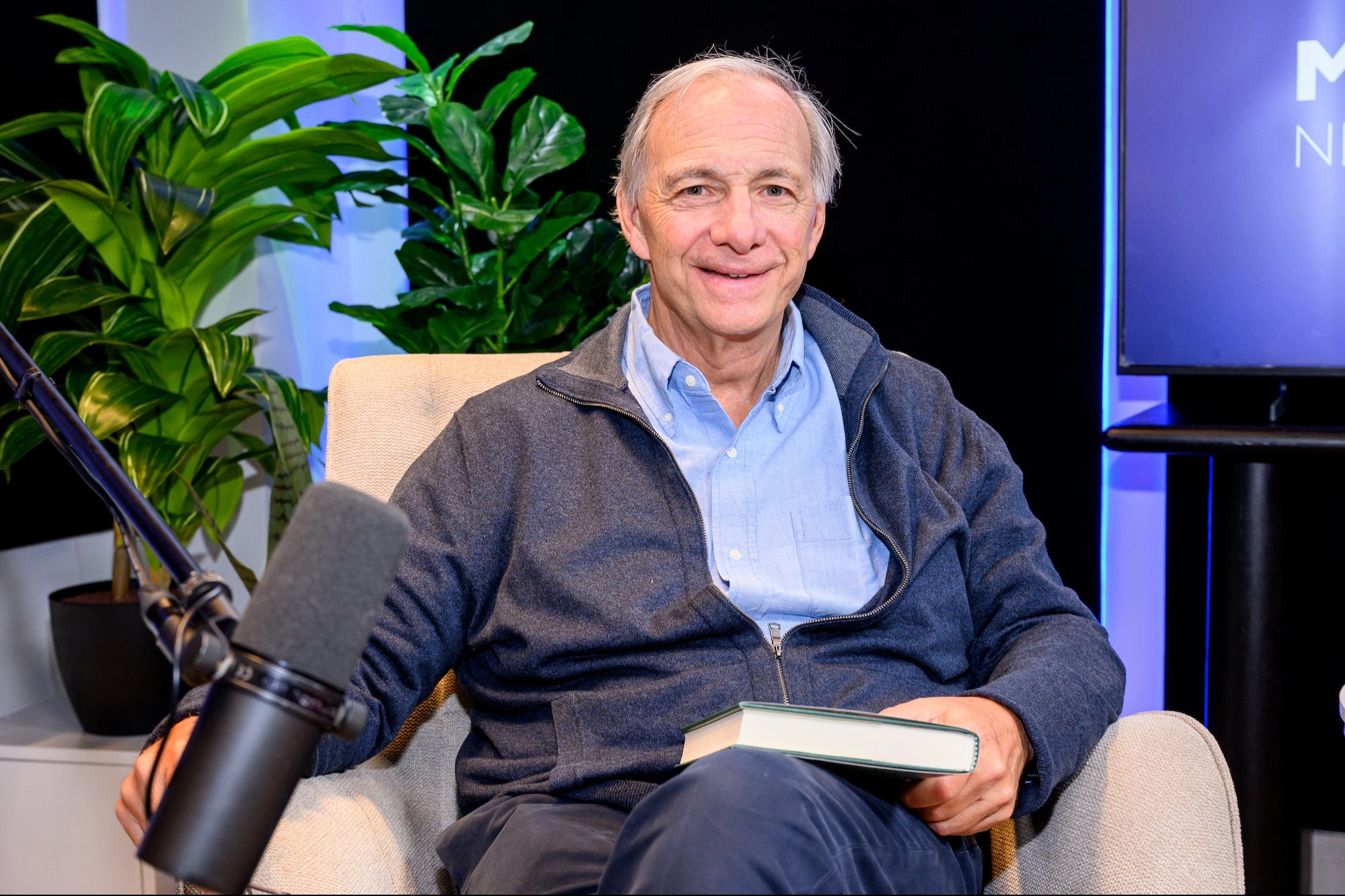Can Creative Breaks Boost Your Employees' Productivity? Yes! Stepping away from the cubicle improves focus and well-being and boosts energy.
By Anna Johansson Edited by Dan Bova
Opinions expressed by BIZ Experiences contributors are their own.

Are you looking for a way to enhance productivity among your employees without adding more to their daily to-do lists? Well, you may be able to accomplish both by introducing creative breaks into your organization's regular routine.
According to a study referenced here by Park West Gallery, "A total of 61 percent of surveyed employees viewed time off as improving physical health, while 55 percent said it improves mental health." Much like how time away from work can have a positive impact on an employee's health and well-being, daily or hourly breaks on the job are linked to improving the productivity of the average worker.
John Trougakos, associate professor of management at the University of Toronto, says, job-related stress is a productivity-killer. His solution: "Disconnecting from work can do wonders for people's energy and mindset." To further prove his point, he references a study in which 59 percent of people surveyed claimed more breaks would actually improve their work happiness (43 percent went as far as to say it would improve their personal happiness, too).
Related: The Secret to Increased Productivity: Taking Time Off
While the way in which you manage employee breaks is likely determined by your corporate culture, existing workflow patterns and demand, the following three break strategies are good ways to help employees disconnect, recharge and subsequently enhance future productivity.
25/5 split. A very popular work-break strategy is the Pomodoro Technique. This strategy asks employees to work in 25-minute intervals, followed by five-minute breaks. After four of these 25-minute sections -- or Pomodors -- employees take a longer 15 to 20 minute break. This strategy is designed to maximize each person's attention span.
50 on/10 off. Quite similar to the Pomodoro Technique is the 50 minutes on/10 minutes off strategy. The concept is the same as the other technique, but it's good for people who have slightly longer attention spans or need to invest more consecutive time into their work.
52-17 strategy. One of the more unconventional yet successful strategies calls for 52 minutes of intense work followed by 17 minutes of being completely removed from work. The key here is to work 100 percent during the 52 minutes and break 100 percent during the 17 minutes. By fully focusing on work or relaxation, employees are able to make the most of their time. According to this report, the top 10 percent of productive workers take this route.
Related: Why You Should Never Eat Lunch at Your Desk
Ideally, you should encourage employees to use their breaks in creative ways. Instead of wasting time playing mind-numbing smartphone games or eating fatty foods from the vending machine, doing something creative can help people relax and obtain a fresh new outlook on problems and issues upon returning to work.
Listen to music. Allowing employees to listen to/play music is one of the best ways to enhance creativity. Music touches everyone in a different way and has long been proven to be a productivity-booster.
Write poetry or in a journal. Giving each of your employees a notebook and encouraging them to write poetry or keep a journal is a simple way to ask them to unwind and expose thoughts. They don't have to share these with anyone. Just the activity alone can provide a creative boost.
Draw or paint. Much like writing, drawing and painting are therapeutic and can help employees take their mind off work for a few minutes at a time. Setting up a community canvas in the break room and allowing everyone to work on a project over the course of a few weeks can also help promote unity in the office.
Guided meditation. Believe it or not, mediation may help improve productivity in the workplace by progressively relaxing the mind, reducing stress and lowering blood pressure. Try setting aside a "quiet room" that's especially designed for short breaks.
Solve problems. Just because it's a break doesn't mean your employees can't think. Putting critical thinking problems and brainteasers in the break room is a great way to encourage workers to think in new ways.
Related: Let Your Employees Mix Business and Personal Time at Work











